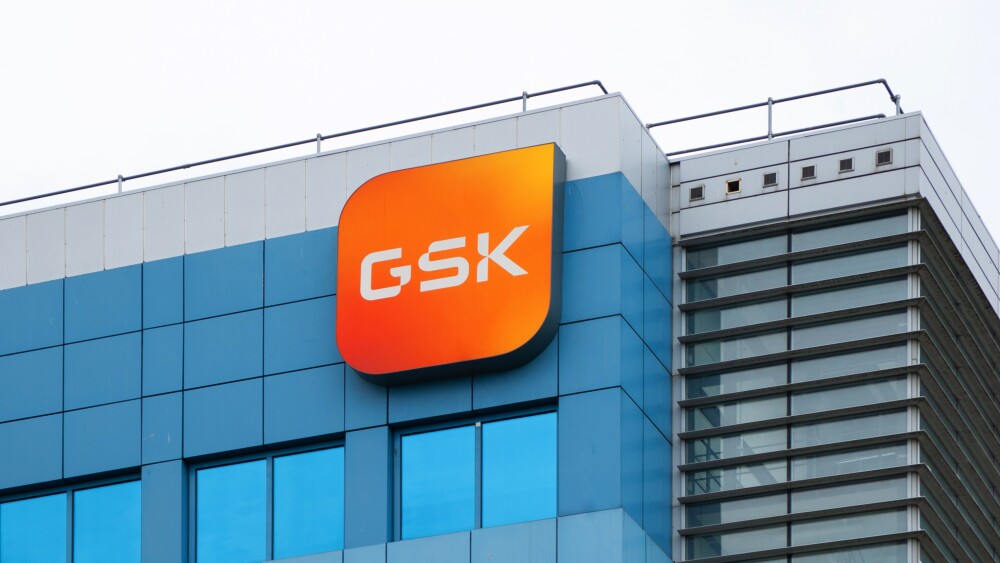February 23, 2016
By Mark Terry, BioSpace.com Breaking News Staff
The other shoe has dropped, possibly the first of many, as Paris-based Sanofi SA laid off about 36 research-and-development workers in Massachusetts.
In late January, the company was rumored to be soon announcing layoffs. It wasn’t really unexpected. On Nov. 6, 2015, the company’s chief executive officer, Olivier Brandicourt, announced new company strategy, which was focused on shoring up sagging diabetes sales, expanding into new markets, and considering the spinoff of Merial, its animal health unit, and its European generics business.
More to the point, Brandicourt indicated that part of the plan was to cut $1.63 billion in costs over the next five years. At the J.P. Morgan Healthcare Conference held in San Francisco in January, Brandicourt said his strategy had four strategic priorities: reshape the portfolio, deliver outstanding launches, sustain innovation in research and development, and simplify the organization.
The company employs about 110,000 people worldwide, with about 17,000 in the U.S.
On Feb. 1, Sanofi executives met with French union representatives to discuss the company’s restructuring plans and job cuts. About 296 research and development jobs that were expected to be filled in France were being eliminated. Another 100 corporate jobs in France would be cut, and another 155 jobs in the company’s commercial jobs were being axed.
Job cuts in France have often been a struggle for the Paris-based company. French unions have a great deal of influence, despite their relatively small size, about eight percent of employees. According to The Economist, “French union strength today is the statutory powers they enjoy as joint managers, along with business representatives, of the country’s health and social-security system, and as employee representatives in the workplace. Under French law, elected union delegates represent all employees, union members or not, in firms with over 50 staff on both works councils and separate heath-and-safety councils.”
Brandicourt’s predecessor, Chris Viehbacher, who was fired by the Sanofi board in late 2014, battled French union officials. Those battles expanded to skirmishes with France’s former Minister of Industrial Renewal, Arnaud Montebourg. When Viehbacher attempted to cut about 2,500 French jobs, a decrease in about five to seven percent of the company’s workforce, unions struck and public protests erupted. The end result was Viehbacher cut about 900 jobs over many months.
Sanofi is attempting to squeeze more productivity from its workers. According to Bloomberg, Sanofi ranks nine out of ten on sales per employee in the ten biggest pharma companies. Chicago-based AbbVie ranks number one, with nearly $800 million in sales per 1,000 employees, followed by Pfizer with approximately $640 million per 1,000 employees.
In comparison, Sanofi reports about $400 million per 1,000 employees, below Novartis , with about $425 million per 1,000, and above GlaxoSmithKline , with about $375 million per 1,000 employees.
Of the most recent job cuts in the U.S., the Massachusetts laboratory jobs being thinned are in Cambridge, Framingham, and Waltham. They support groups that were formerly part of Genzyme Corp., in the areas of biosurgery, bone and joint disease, drug delivery discovery, and biomaterial engineering. Sanofi acquired Genzyme in 2011.





